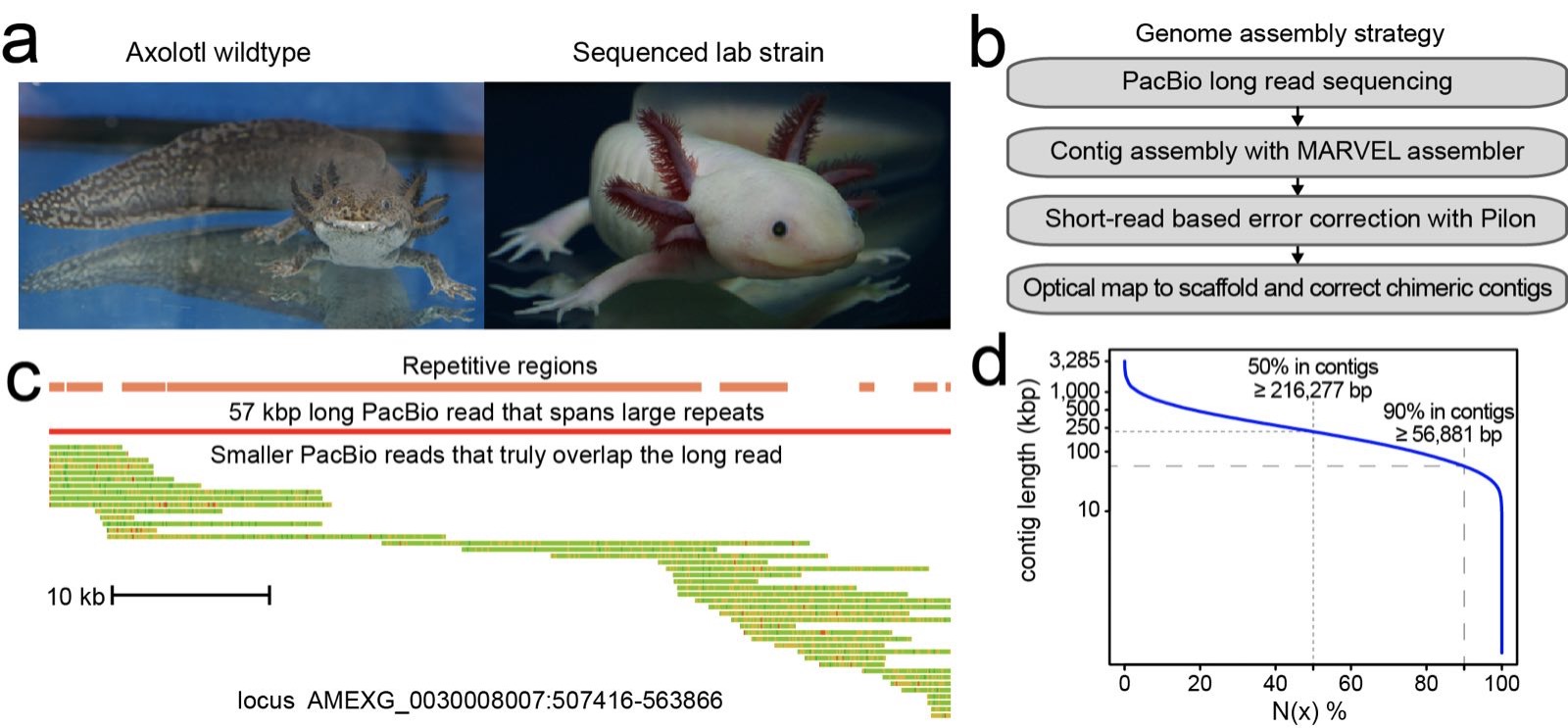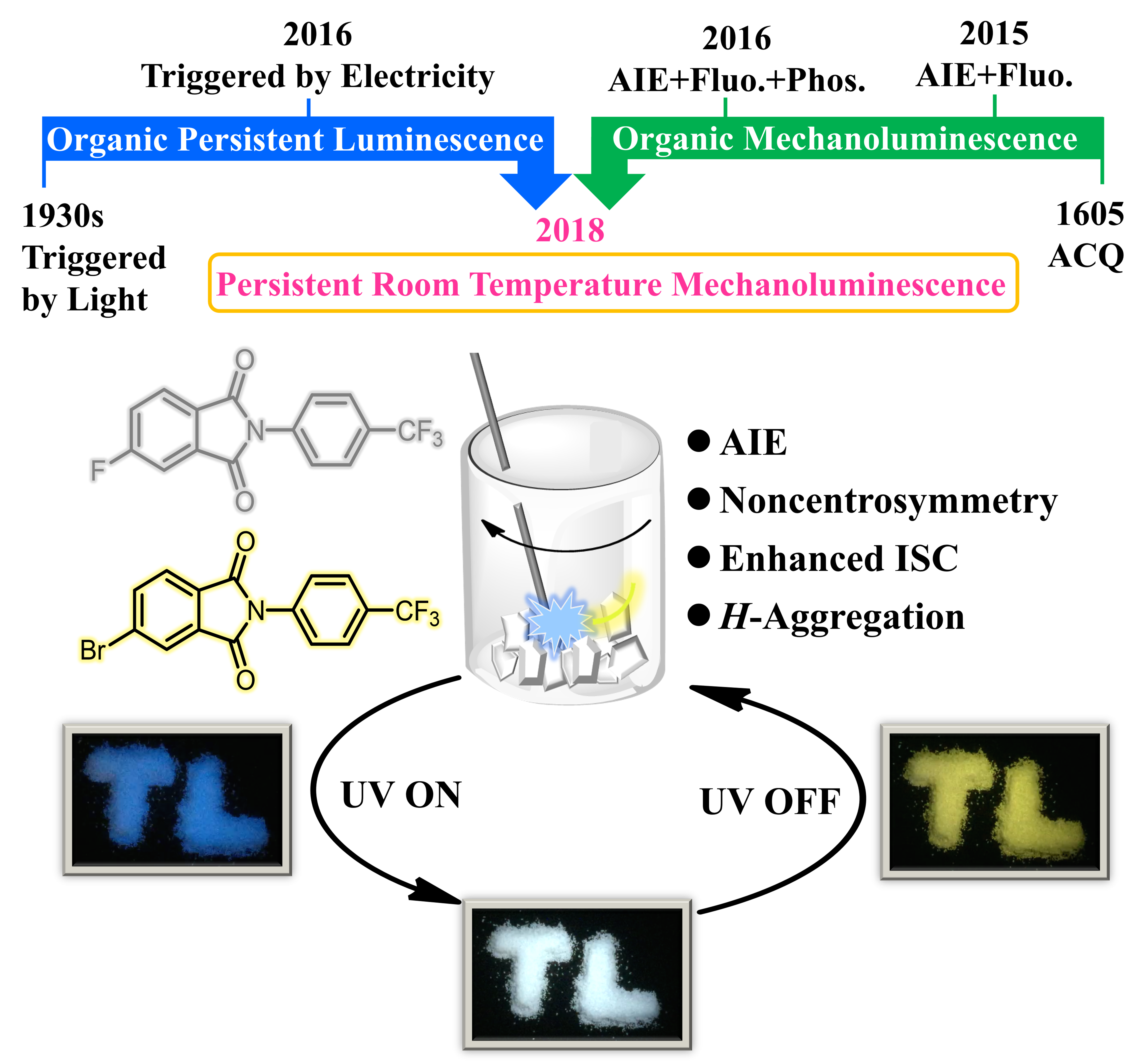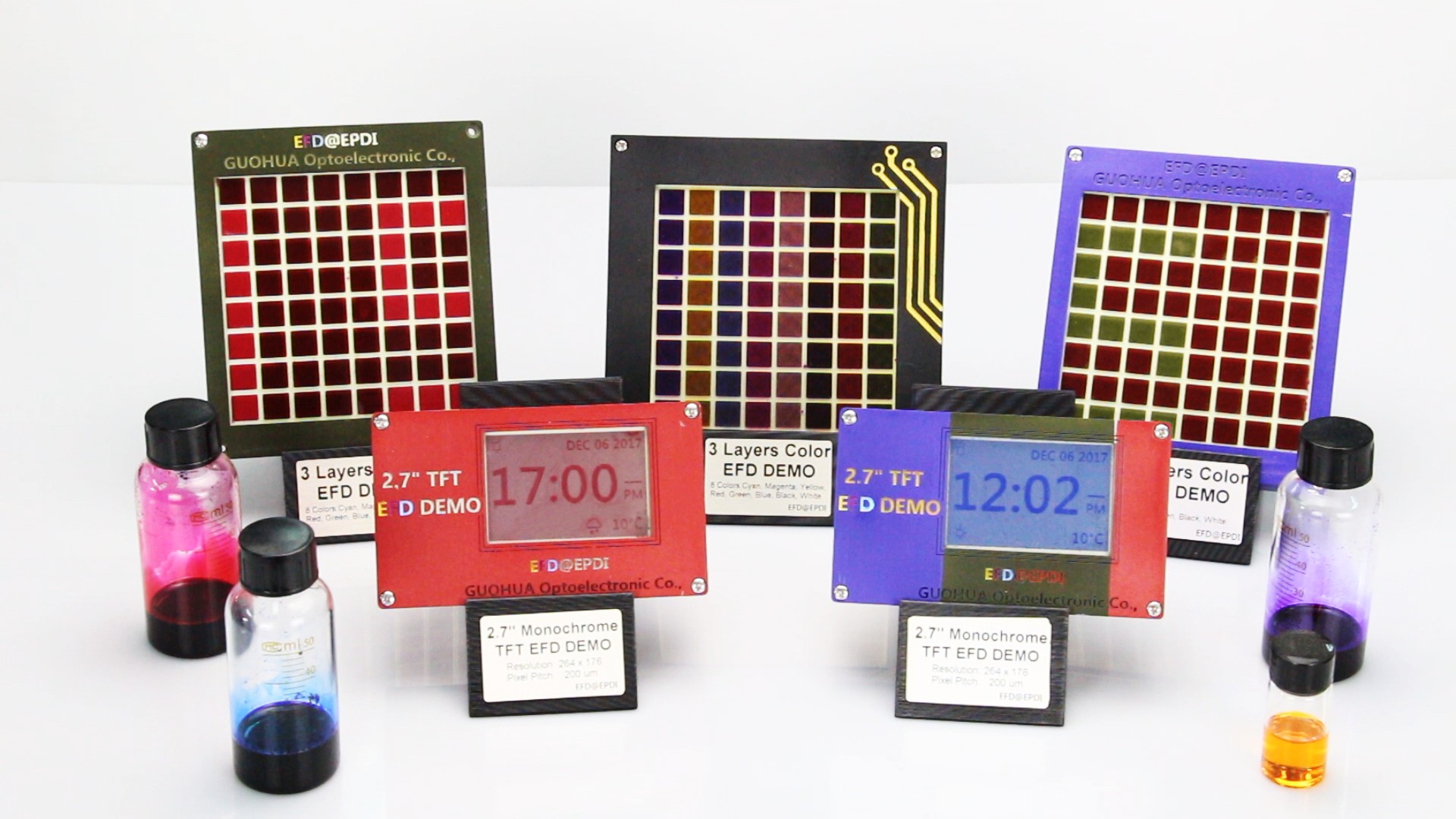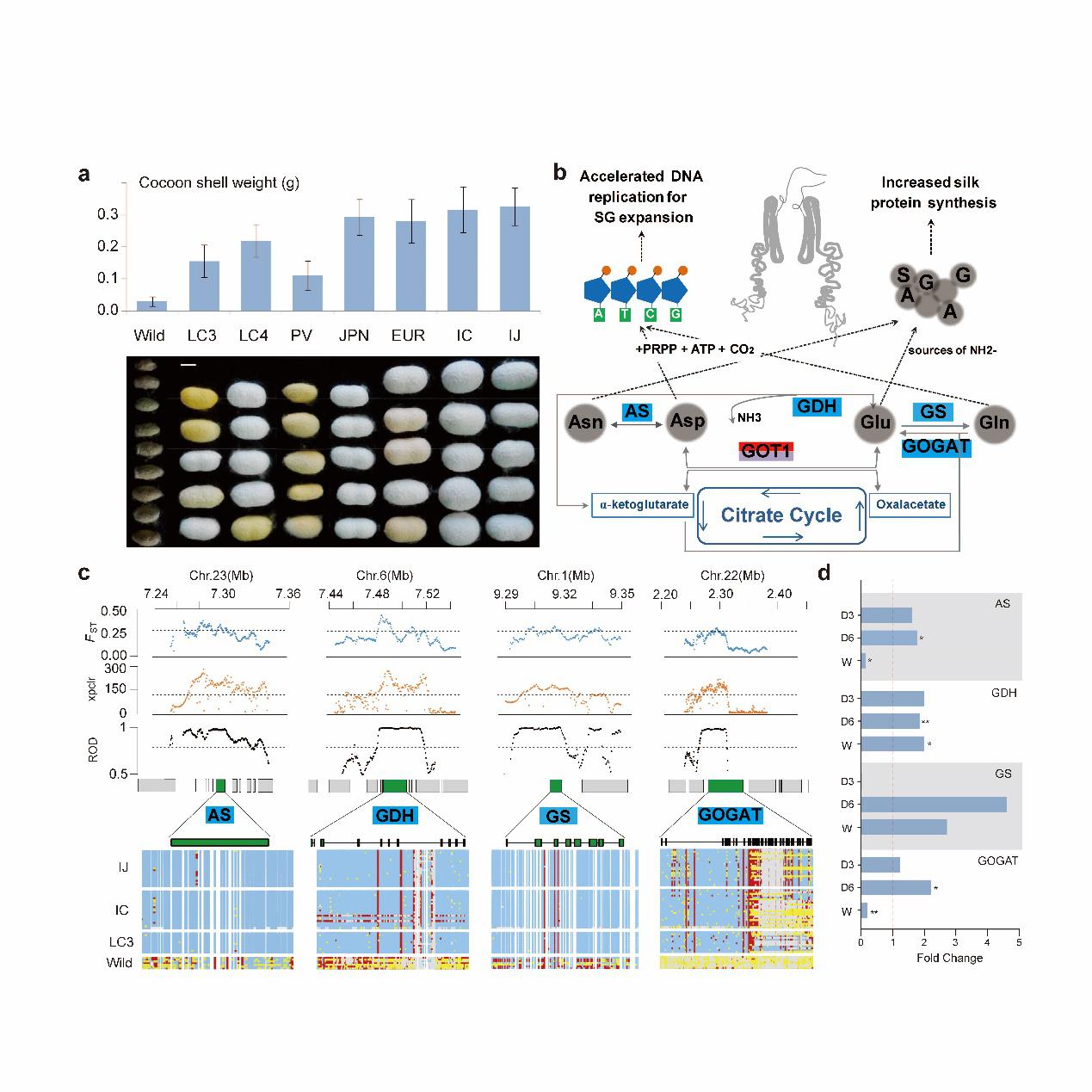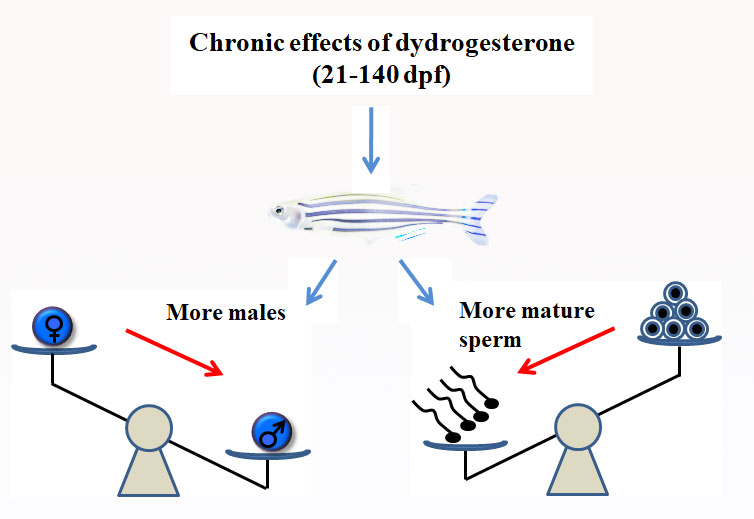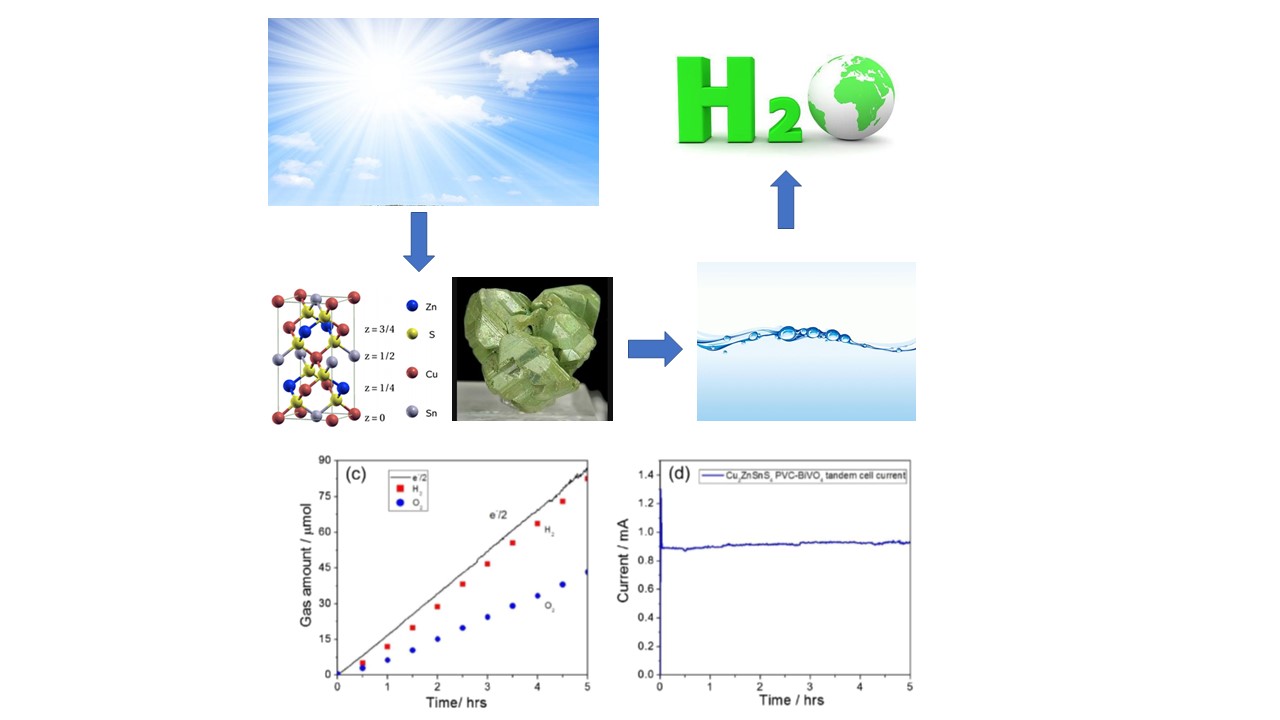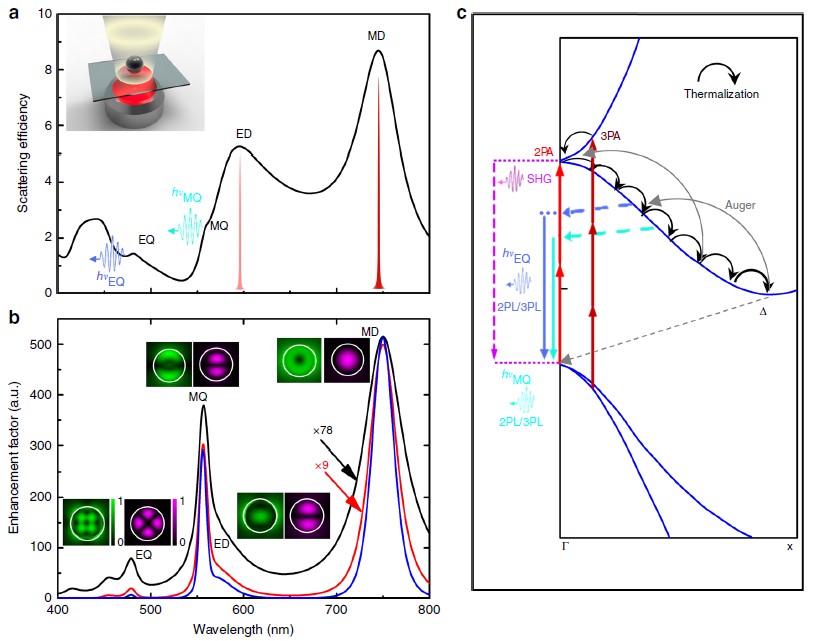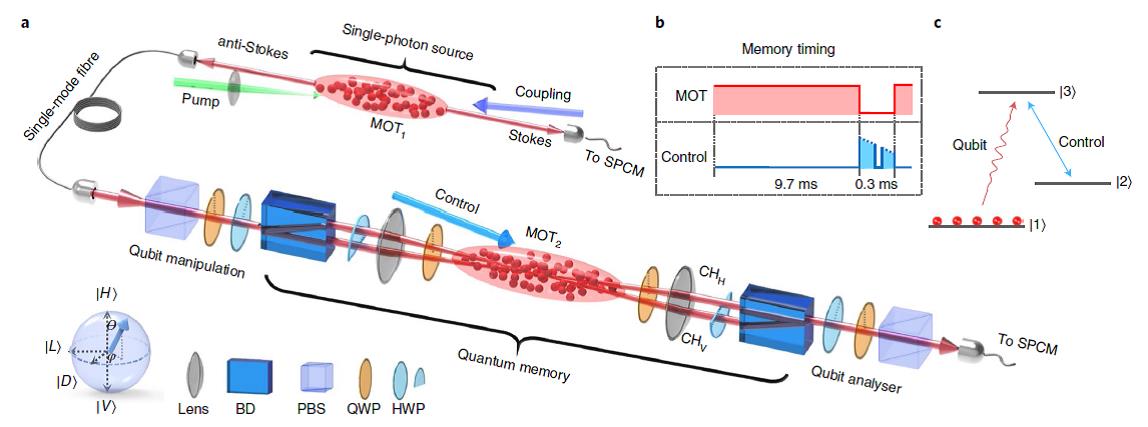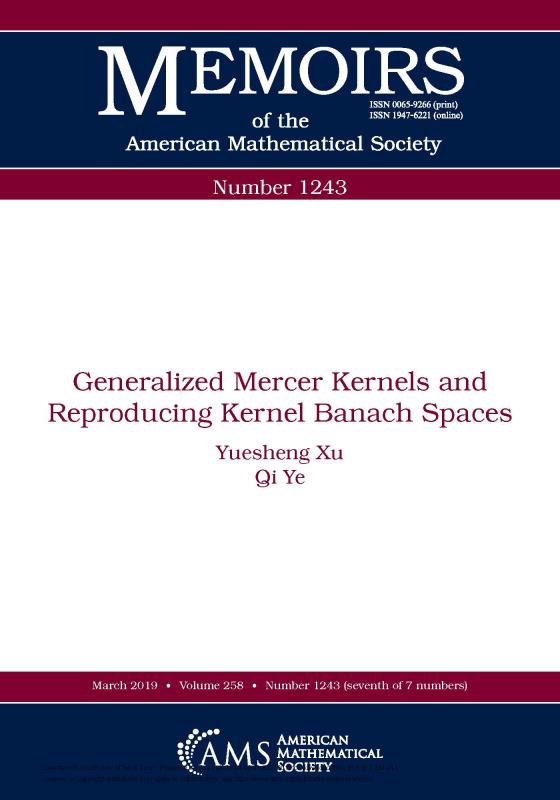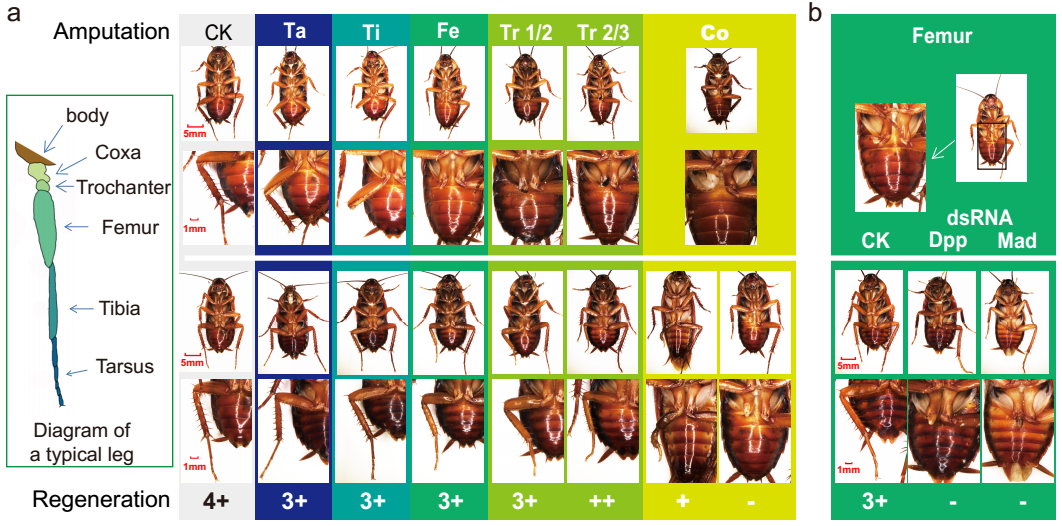
Likes
On March 20, the research paper titled “The genomic and functional landscapes of developmental plasticity in the American cockroach”, jointly written by Prof. Li Sheng and his team from the School of Life Sciences and the Institute of Insect Science and Technology, South China Normal University (SCNU), and researcher Zhan Shuai of the Shanghai Institute of Plant Physiology and Ecology, Chinese Academy of Sciences, was published in Nature Communications. The research findings were also highlighted during the same period in Research Highlight.
There are tens of thousands of specimens of cockroaches of different sizes in Prof. Li Sheng’s laboratory. Since he worked full-time at SCNU, Prof. Li has been focusing on the research into both fruit flies and cockroaches. Currently his team is conducting research on evolution of metamorphosis.
 Diagram of a typical leg
Diagram of a typical leg
As is known, many species of cockroaches (Insecta, Blattodea) are serious cosmopolitan pests and a threat to of public health. The American cockroach, Periplaneta americana (Blattodae), is one of the largest insect species that lives in close proximity with humans. Despite its common name, the American cockroach was introduced to the United States of America from Africa in the early 16th century and has since spread throughout the world; it is famous for its household name “Xiao Qiang” (a small pest with strong living vitality) in China and “waterbug” in America. The American cockroach prefers indoor environments with access to food sources, but can be found outdoors in moist, shady, and warm areas. It consumes a great variety of substrates, with a particular preference for fermenting foods. It also transfers disease-causing organisms such as bacteria, protozoa, and viruses, while it may triggers allergic reactions and asthma in certain individuals. The American cockroach is thus a serious urban pest in both warm and humid regions. Although widely regarded a common pest, this cockroach is also important in traditional Chinese medicine, as is well documented in the Chinese medical encyclopedia, such as Ben Cao Gang Mu and Shen Nong Ben Cao Jing. Moreover, its ethanol tincture has been developed as a prescribed drug (Kang Fu Xin Ye) for wound healing and tissue repair. In the study, the researchers tried to explain the molecular secrets of the cockroach from the genomic and genetic perspective. After one year’s cooperation with Zhan Shuai’s team, they found that approximately 60% of the genome of P. americana is composed of repetitive elements, and that the American cockroach has a closer relationship with termites than the German cockroach. The high level of sequence identity between the American cockroach and the termites provides a solid relationship between cockroaches and termites and enhances the evolutionary significance of P. americana by filling a gap during the evolution of available blattodean resources. In addition, it is also found that the American cockroach has a strong capability of limb regeneration during the nymph stages, which is the main reason to call it “Xiao Qiang” in China; high developmental plasticity is presumed crucial to the success of cockroaches to survive and succeed in many environments.
In summary, the genomic and functional analyses in the American cockroach provided insights into its success in the adaptation to urban environments and the biology of developmental plasticity in cockroaches. High efficiency of RNAi in the American cockroach unlocks its potential as a genetic model system for investigating cockroach biology. The harm of American cockroaches is becoming more serious with the threat of global warming. The study may shed light on both controlling and making use of this insect. A paucity of genomic resources in Blattodea has precluded the discovery of evolutionary signatures of euociality in this hemimetabolous clade. The American cockroach system should be informative for addressing eusociality and feeding habitats in Blattodea, given that it has a closer relationship with termites than the German cockroach. Genomic studies of additional species in Blattodea should be forthcoming, especially the subsocial and wood-feeding species in Cryptocercus (Cryptocercidae), to illuminate the transition from cockroaches to termites.
As is commented by Research Highlights, this paper has revealed the molecular secrets of the American cockroach from the genomic and genetic perspective, and the American cockroach is an ideal model for studying regenerative biology. Moreover, the study has also provided important evidence for the evolution of cockroaches into termites at a genomic level, making a breakthrough in the study of macroevolution.
Nature Communications is a peer-reviewed open access scientific journal published by the Nature Publishing Group, and its 2016 impact factor is 12.124. In the published paper, SCNU is listed as the first author as well as the unit of corresponding author. Prof. Li sheng, together with postdocs Jia Qiangqiang and Ren Chonghua, and doctoral candidate students Zhu Shiming and Yuan Dongwei are the first authors. Prof. Li Sheng and researcher Zhan Shuai are the corresponding authors. The research was sponsored by the National Natural Science Foundation of China, a Project of National Key Research and Development, and a Project of Chinese Academy of Sciences, besides being supported by many domestic and foreign partners as well.
Source from School of Life Sciences
Translated by Li Jianru
Proofread by Edwin Baak
What to read next:
